Leading market players are investing heavily in research and development to expand their product lines, which will help the Nuclear Power Plant Control System Market, grow even more. Market participants are also undertaking a variety of strategic activities to expand their global footprint, with important market developments including new product launches, contractual agreements, mergers and acquisitions, higher investments, and collaboration with other organizations. To expand and survive in a more competitive and rising market climate, the Nuclear Power Plant Control System industry must offer cost-effective items.
Manufacturing locally to minimize operational costs is one of the key business tactics used by manufacturers in the global Nuclear Power Plant Control System industry to benefit clients and increase the market sector. In recent years, the Nuclear Power Plant Control System industry has offered some of the most significant advantages to the energy sector, including enhanced safety, increased efficiency, and reliable power generation capabilities.
Major players in the Nuclear Power Plant Control System Market, including Siemens (Germany), ABB (Switzerland), General Electric (US), Fortum (Europe), Framatome (France), Emerson Electric Co. (US), Mitsubishi Electric Corporation (Japan), NuScale Power, LLC (US), Rolls-Royce plc (UK), Honeywell International Inc (Germany) are attempting to increase market demand by investing in research and development operations.
Siemens AG, a leading technology company, operates in the fields of electrification, automation, and digitalization. The company is involved in designing, developing, manufacturing, and installing complex systems and projects, offering tailored solutions to meet individual needs. Siemens focuses on power generation and distribution, as well as intelligent infrastructure for buildings and distributed energy systems. Additionally, it provides smart mobility solutions for both rail and road transport, medical technology, and digital healthcare services. With research and development facilities, production plants, warehouses, and sales offices worldwide, Siemens serves customers across various industries, including energy, healthcare, infrastructure, manufacturing, and more.
Headquartered in Munich, Bavaria, Germany, Siemens Energy, a subsidiary, signed a contract with TSK, a Spanish engineering, procurement, and construction (EPC) contractor, for the Atinkou CCGT power plant project in April 2021. Under this agreement, Siemens Energy is set to supply its SPAA-T300 control system for a CCGT plant construction in Jacqueville, Côte d'Ivoire.
ABB is a leading provider of electrification and automation technologies and solutions, offering a wide range of products, systems, and services in the fields of electrification, motion, and industrial automation. The company's solutions leverage engineering expertise and software integration to enhance power reliability, increase industrial productivity, and improve energy efficiency. ABB distributes its products through a direct sales force and a network of third-party channel partners, including distributors, installers, wholesalers, machine builders, OEMs, and system integrators.
Serving customers in utilities, industry, transport, and infrastructure sectors across Asia, the Americas, the Middle East, Africa, and Europe, ABB delivers digitally connected and enabled industrial equipment and systems. Headquartered in Zurich, Switzerland, ABB launched its Distributed Control System 800xA 6.1 in March 2019, introducing Ethernet I/O solutions, high-integrity controllers, and a series of engineering tools such as the Ethernet I/O Field Kit and Ethernet I/O wizard for field commissioning.


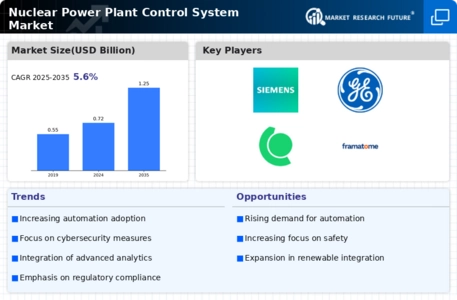
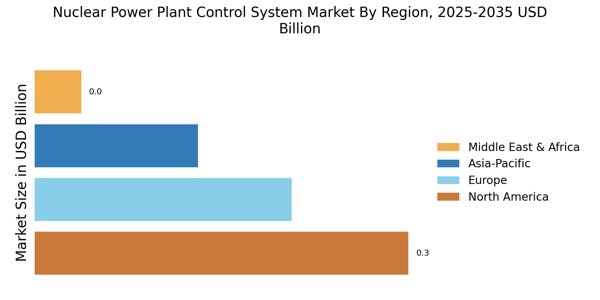
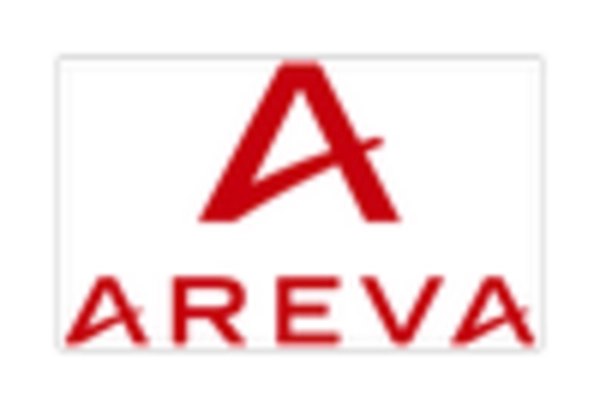
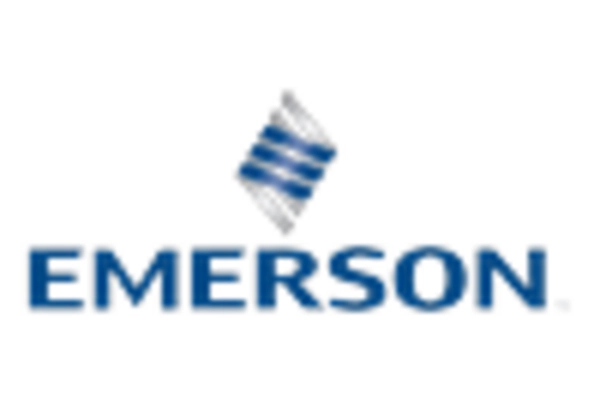

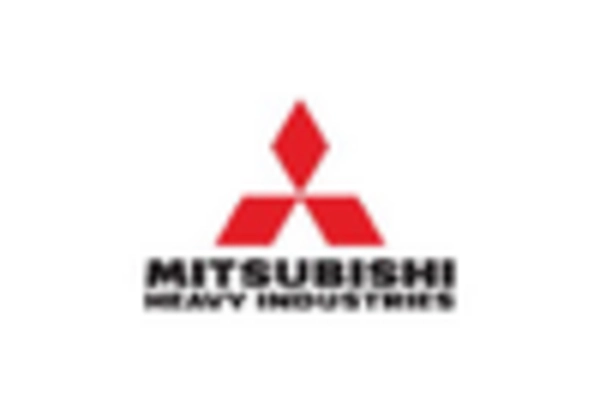










Leave a Comment